Location Bushehr Province, Iran Condition In ruins | Type Settlement | |
Weather 19°C, Wind NE at 2 km/h, 61% Humidity | ||
Siraf ancient port persian gulf bushehr province iran
Siraf (Persian: سیراف; also Romanized as Sīraf or Bandar-e Sīraf, "Bandar" meaning "Port" in Persian) is an ancient city in the Central District of Kangan County, Bushehr Province, Iran.
Contents
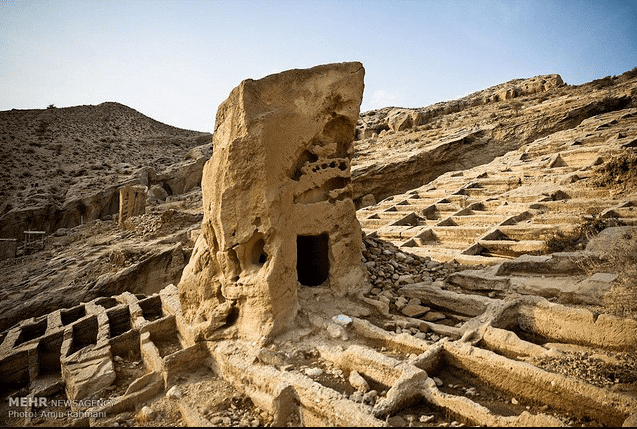
Siraf was according to a legend an ancient Sassanid port, destroyed around 970 CE, which was located on the north shore of the Persian Gulf in what is now the Iranian province of Bushehr. Its ruins are approximately 220 km east of Bushire and 380 km west of Bandar Abbas,30 km east from Kangan city. Siraf controlled three ports: Bandar-e-Taheri, Bandar-e-Kangan and Bandar-e-Dayer. The Persian Gulf was used as a shipping route between the Arabian Peninsula and India over the Arabian Sea. Small boats, such as dhows, could also make the long journey by staying close to the coast and keeping land in sight.

Siraf city ancient
History
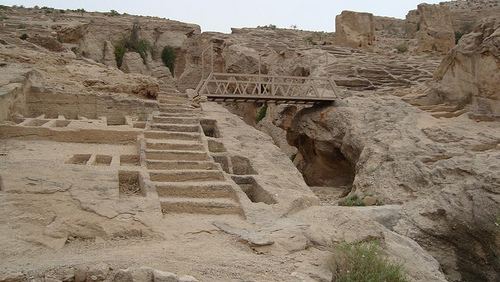
According to David Whitehouse, one of the first archaeologists to excavate the ancient ruins of Siraf, marine trade between the Persian Gulf and Far East lands began to flourish at this port because of the vast expansion of trade in consumer goods and luxury items at the time. The first contact between Siraf and China occurred in 185 CE. However, over time trade routes shifted to the Red Sea and Siraf was forgotten. Siraf as a port was founded in the 9th century, and continued its trade activity till the 15th century, then fell into rapid decline.
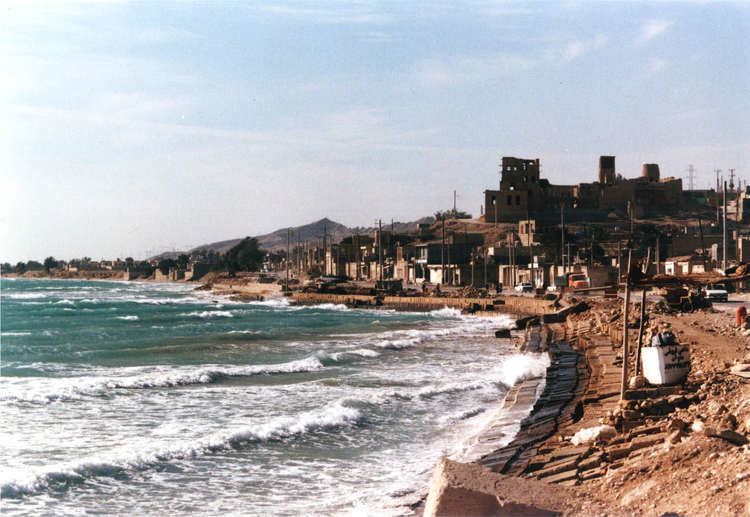
The historical importance of Siraf to ancient trade is only now being realized. Discovered there in past archaeological excavations are ivory objects from east Africa, pieces of stone from India, and lapis from Afghanistan. Siraf dates back to the Parthian era.
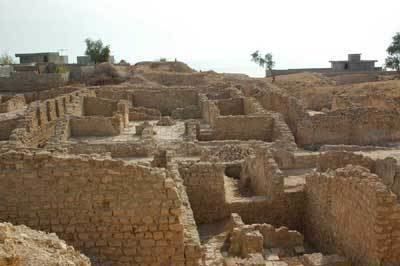
David Whitehouse also found evidence that the earliest mosque at Siraf dates to the 9th century and there are remains from the Parthian and Sassanid eras not far from the city. He found ruins of a congregational mosque surrounded by many smaller mosques. There are ruins of the luxurious houses of extremely rich traders who made their wealth through the port's success. Siraf served an international clientele of merchants including those from South India ruled by the Western Chalukyas dynasty who were feasted by wealthy local merchants during business visits. An indicator of the Indian merchants' importance in Siraf comes from records describing dining plates reserved for them. There is historical evidence of Sassanian maritime trade with the Gulf of Cambay in the modern day province of Gujarat, as fragments of Indian red polished ware, of predominantly Gujarati provenance dating to the 5th and 6th centuries were found at coastal sites on the northern shores of the Persian Gulf, and especially at Siraf.
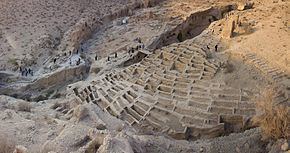
Many of the finds (over 16,000 in all) excavated at Siraf by Whitehouse and his archaeological team in the 1960s and 1970s are kept in the British Museum in London.

Siraf has not yet been registered on the list of national heritage sites of Iran. This is needed so that it will be preserved and maintained in the future.
